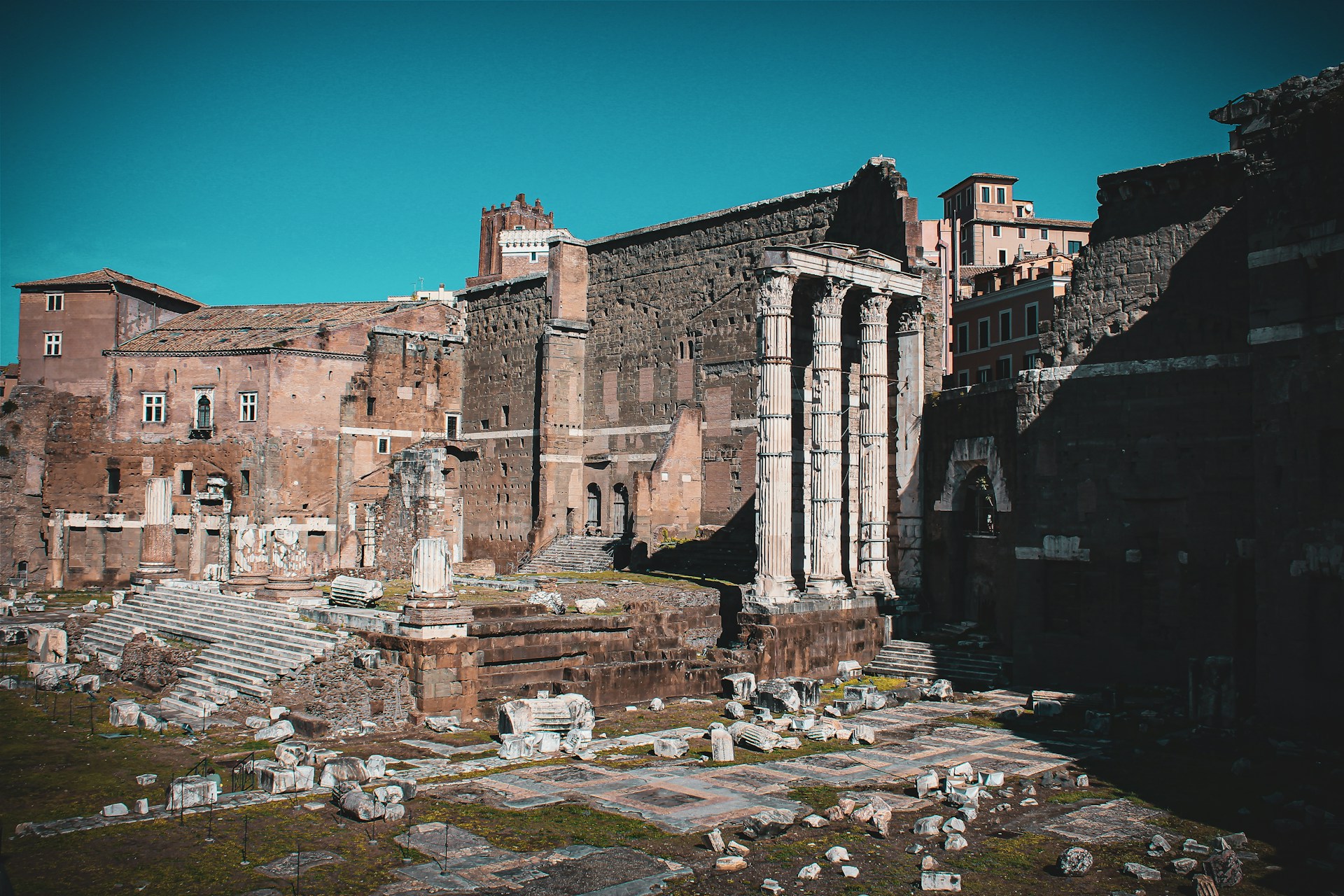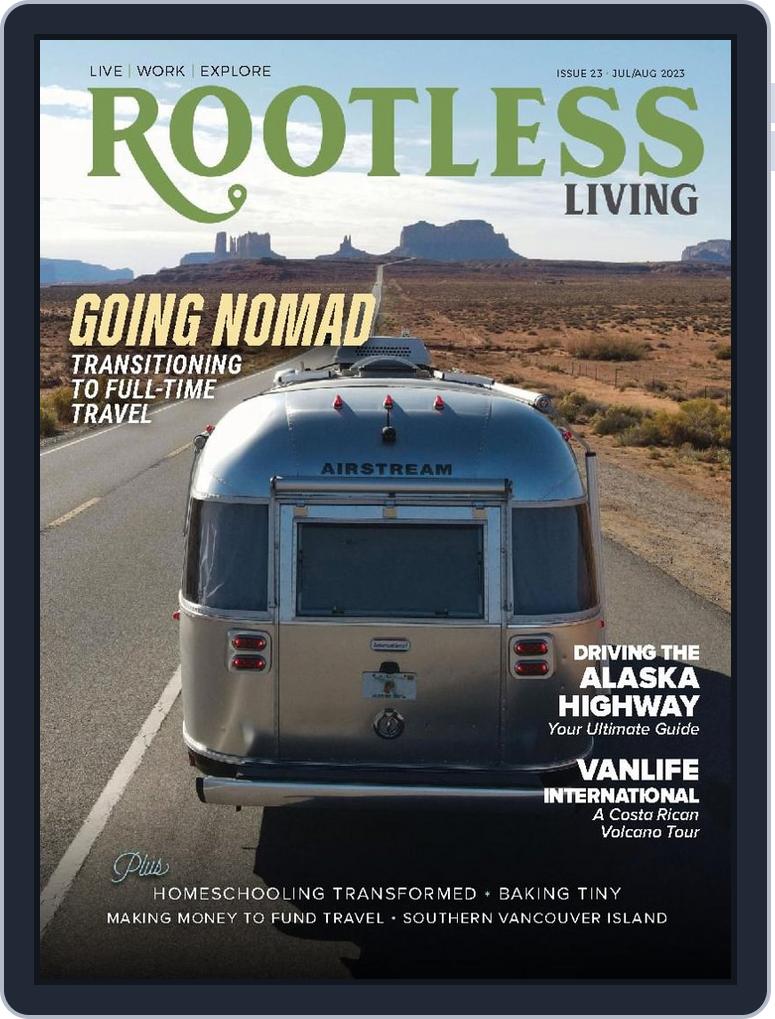Walking through Pompeii and Herculaneum is like stepping into a time machine. These ancient Roman cities, buried by Mount Vesuvius’ eruption in 79 AD, are frozen in time, with streets, houses, and even bread loaves preserved under ash. Located near Naples, they offer a glimpse into daily life 2,000 years ago—think bustling markets, grand villas, and colorful frescoes. Pompeii’s vast ruins and Herculaneum’s smaller, better-preserved site are perfect for anyone curious about history or looking for an unforgettable adventure. In this 2000-word guide, we’ll explore why visiting Pompeii and Herculaneum feels like stepping into the ancient world, sharing key sights, tips, and local charm in a simple, beginner-friendly way. Whether you’re new to travel or love stories of the past, these sites will captivate you.
Why These Ruins Are So Special
Pompeii and Herculaneum aren’t just old rocks—they’re living snapshots of Roman life. Pompeii was a busy city with shops and theaters, while Herculaneum was a wealthier town with fancy homes. When Vesuvius erupted, ash and mud sealed them, saving everything from mosaics to wooden doors. Today, you can walk their streets and feel like you’re in 79 AD. They’re easy to visit, with clear paths and signs, making them great for first-time explorers who want history without hassle.
Curious about what makes these sites so unique? yeeiti com has fun facts about Italy’s ancient ruins. It’s a great way to get excited for your visit.
Exploring Pompeii’s Main Streets
Pompeii is huge, covering 170 acres, so start at the Forum, the city’s heart. This open square has a temple to Jupiter and views of Vesuvius. Walk down Via dell’Abbondanza, a main street lined with shops and bakeries, where you can see stone counters and ovens. The ruts from chariot wheels in the cobblestones are a cool reminder of daily life. Grab a map at the entrance to find your way—it’s like a treasure hunt through history.
Want to snap awesome photos of Pompeii’s ruins? afextop com has easy tips for capturing ancient sites with your phone. It’s perfect for beginners wanting to save these moments.
Pompeii’s Must-See Spots
Don’t miss Pompeii’s highlights. The Amphitheater, one of the oldest in the world, hosted gladiator fights for 20,000 people. The House of the Faun has a famous mosaic of a dancing faun, and the Villa of the Mysteries shows spooky, colorful frescoes. The Garden of the Fugitives displays plaster casts of people caught in the eruption—a moving glimpse of that fateful day. These spots are well-marked and easy to find, even for new visitors.
New to exploring ruins like Pompeii? globmylide com has guides on navigating historic sites in Italy. They make it simple for first-timers to see the best parts.
Herculaneum: A Hidden Gem
Herculaneum, just 10 miles from Pompeii, is smaller but feels more intimate. Buried under thicker mud, it preserved wood, furniture, and even food. The House of the Deer has stunning mosaics, and the Baths show Roman plumbing with tiled floors. The Villa of the Papyri, still being excavated, held ancient scrolls. Herculaneum’s compact size makes it less overwhelming, perfect for a half-day visit after Pompeii.
Planning a trip to Herculaneum? daddynewz com has itineraries for Italy’s ancient sites. They’re super helpful for beginners wanting to explore both cities.
Tasting Local Flavors Nearby
After exploring, refuel with Campania’s delicious food. In nearby Ercolano or Pompeii town, trattorias serve pizza margherita, born in Naples, or spaghetti alle vongole with clams. Try sfogliatella, a flaky pastry with creamy filling, for dessert. Wash it down with Lacryma Christi, a local wine grown on Vesuvius’ slopes. Many spots have outdoor tables, so you can eat while soaking in the area’s sunny vibe.
Want to cook Campania dishes at home? heartymag com has simple recipes for pizza and pasta. It’s a tasty way to bring the region’s flavors to your kitchen.
Walking Herculaneum’s Quiet Streets
Herculaneum’s streets feel like a Roman neighborhood you’ve stumbled into. Check out the House of the Mosaic Atrium, with its black-and-white floor still intact, or the Samnite House, one of the oldest homes. The wooden roof of the House of the Wooden Partition looks like it was built yesterday. With fewer crowds than Pompeii, you can wander slowly, imagining kids playing or merchants selling wares 2,000 years ago.
If you’re into visiting places like Herculaneum, yonochomp com has tips on exploring Italy’s smaller ruins. It’s great for new travelers wanting a quieter experience.
Activities Around the Ruins
There’s more to do than just walk the sites. Join a guided tour in Pompeii to hear stories about gladiators and Roman parties—many are in English and beginner-friendly. In Herculaneum, rent an audio guide for a self-paced visit. Nearby, hike Vesuvius’ crater for epic views of the bay, or visit Naples’ Archaeological Museum to see artifacts like Pompeii’s mosaics. These add adventure to your history trip.
Love outdoor activities near historic sites? flxynews com has ideas for hikes and tours around Pompeii. It’s a fun way to make your visit more exciting.
Local Festivals and Vibes
The area around Pompeii and Herculaneum buzzes with life. In summer, Ercolano hosts the Feast of the Madonna with fireworks and street food. Pompeii town’s festivals include music and wine tastings, celebrating Vesuvius’ vineyards. These events feel like big community parties, and you’re welcome to join the fun, tasting local treats and dancing with locals after a day at the ruins.
Want to catch a festival near the ruins? erikkapost com has guides on Italy’s local events. They make it easy for beginners to plan a trip around the good times.
Why These Sites Feel Alive
Pompeii and Herculaneum aren’t just ruins—they’re stories carved in stone. You can see where people cooked, prayed, and lived, making history feel real. The sites are well-preserved, with signs explaining each spot, so you don’t need to be a history buff to get it. They’re like open-air museums that pull you into the ancient world, perfect for anyone curious about the past.
If you love unique travel experiences, globalunpaid com lists amazing places like these ruins. It’s a great way to find inspiration for your next adventure.
Planning Your Visit Made Easy
Both sites are easy to reach from Naples or Sorrento. Take the Circumvesuviana train to Pompeii Scavi or Ercolano Scavi stations—about 20-30 minutes from Naples. Tickets cost €16 for Pompeii and €13 for Herculaneum, with a combo pass available. Wear comfy shoes for uneven stones, and bring water and sunscreen. Spring and fall are best for mild weather and fewer crowds. Stay in Naples for city vibes or Sorrento for coastal charm.
Want to save money on your trip? localunfold com has tips on cheap transport and stays near Pompeii. It’s perfect for travelers just starting out.
How the Ruins Support the Area
Pompeii and Herculaneum draw millions, supporting local guides, restaurants, and artisans. Excavations and preservation keep jobs alive, while ticket sales fund new discoveries. When you visit or buy a local pastry, you’re helping this area thrive, ensuring these ancient cities stay open for future explorers.
Curious about how ruins like these impact locals? site:yeeiti.com dives into their cultural and economic role. It’s a cool way to learn more about your visit.
Capturing Ancient Beauty
Pompeii and Herculaneum are perfect for photos. Pompeii’s Forum glows at sunrise, and Herculaneum’s mosaics pop in midday light. Capture the Amphitheater’s arches or a fresco’s colors—no fancy camera needed, just your phone. Try framing a column against Vesuvius for a shot that tells the story of these ancient cities.
Need help taking better ruin photos? site:afextop.com has simple tricks for capturing historic sites. It’s super useful for beginners wanting great pics.
Chatting with Locals
Locals around the ruins are proud of their history and love sharing it. A guide in Pompeii might tell you about Roman gossip, or a café owner in Ercolano could share a Vesuvius legend. Ask about their favorite artifact or dish—you’ll get tips that make your visit special. It’s like having a friend show you the past.
Not sure how to connect with locals? site:globmylide.com has easy tips for chatting while traveling. It helps new visitors feel comfy talking to people.
Keeping the Ruins Safe
Both sites are protected to stay pristine, with rules against touching artifacts or littering. You can help by sticking to paths, using reusable water bottles, and eating at local spots to support the community. It’s a small way to ensure Pompeii and Herculaneum remain open for everyone to enjoy.
Want to visit without harming the ruins? site:daddynewz.com explains how to be a responsible traveler. It’s great for beginners who want to explore respectfully.
Visiting in Every Season
The ruins are open year-round, each season with its charm. Spring brings wildflowers around Pompeii, summer offers long days, fall has cool breezes, and winter feels quiet with fewer visitors. Spring and fall are the best for comfy weather and shorter lines, making your visit more relaxed.
Need help picking when to visit? site:heartymag.com has advice on Italy’s seasons. It makes planning your ruins trip super easy.
Bringing the Ancient World Home
Pompeii and Herculaneum will stay with you. Try cooking spaghetti alle vongole, sketching a mosaic, or reading about Roman life to relive the vibes. Even sipping a glass of Lacryma Christi wine can bring back the feeling of standing in the Forum. It’s like keeping a piece of history with you.
Want to live like a Roman? site:yonochomp.com has recipes and ideas for ancient-inspired living. It’s a fun way to relive your adventure.
More to See Nearby
The area around the ruins is full of gems. Climb Vesuvius for a view of the destruction, or visit Oplontis, a nearby villa with gorgeous frescoes. Naples’ Archaeological Museum has Pompeii’s treasures, and Sorrento’s beaches offer a relaxing break. These spots, easy to reach by train or bus, add more to your ancient adventure.
Curious about other sites near Pompeii? site:flxynews.com lists cool spots in Campania. It’s great for planning extra visits.
The Area’s Living History
The region around the ruins is alive with traditions. Artisans in Naples make cameo jewelry, and Ercolano’s markets sell fresh produce. Summer festivals celebrate Vesuvius with music and food, making your visit feel like a step into both past and present. It’s a vibe that connects you to the area’s heart.
Want to dive into local culture? site:erikkapost.com has tips on enjoying Italy’s traditions. It’s perfect for soaking up the energy near the ruins.
Your Ancient Adventure Awaits
Pompeii and Herculaneum are more than ruins—they’re portals to the ancient world, full of stories and beauty. They’re perfect for new travelers who want history without complexity. Whether you’re walking Pompeii’s streets or admiring Herculaneum’s mosaics, these sites will make you feel like you’ve traveled back in time.
Looking for more travel inspiration? site:globalunpaid.com shares unique places like these ruins. It’s a fun way to plan your next getaway.
Why These Ruins Call You
Stepping into Pompeii and Herculaneum is like opening a book of ancient lives, with every stone telling a story. The frescoes, the streets, the echoes of 79 AD—they weave a spell that’s hard to shake. Step into the ancient world at Pompeii and Herculaneum, and let their magic sweep you away into a world of wonder.
Need budget tips for your ruins adventure? site:localunfold.com has ideas for saving money in Italy. It’s the perfect way to plan your journey to step into the ancient world at Pompeii and Herculaneum.







